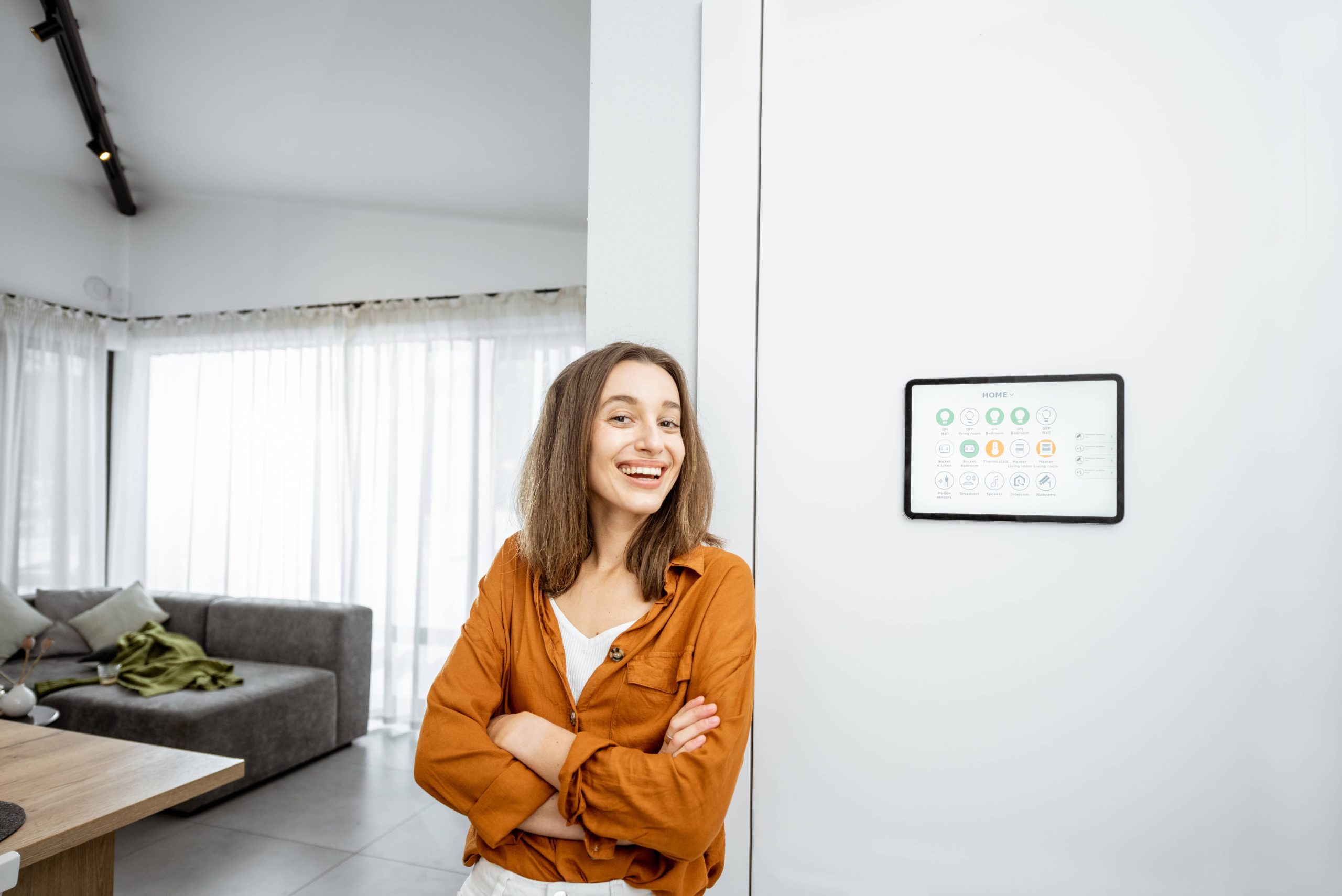
In the ever-evolving world of technology, the concept of a “smart home” has transitioned from a futuristic dream to a tangible reality. With the proliferation of smart devices, homeowners now have the opportunity to create a seamless, interconnected environment that enhances convenience, security, and energy efficiency. However, the challenge lies in integrating these diverse devices into a cohesive system that works harmoniously. In this blog post, we will explore the strategies and benefits of integrating various smart devices to create a seamless smart home experience.
Understanding the Smart Home Ecosystem
Before diving into integration strategies, it’s essential to understand the smart home ecosystem. A smart home comprises various devices, such as smart speakers, thermostats, lights, security cameras, and appliances, all connected to the internet. These devices can be controlled remotely via smartphones, tablets, or voice commands, offering unprecedented convenience and control.
However, the true magic of a smart home lies in the ability of these devices to communicate with each other. This communication is facilitated by protocols such as Wi-Fi, Zigbee, Z-Wave, and Bluetooth. Each protocol has its strengths and weaknesses, and choosing the right one depends on factors like range, power consumption, and compatibility.
The Importance of a Central Hub
One of the most effective ways to integrate various smart devices is by using a central hub. A smart home hub acts as the brain of your smart home, allowing different devices to communicate and work together. Popular hubs include Amazon Echo, Google Nest Hub, and Samsung SmartThings.
A central hub simplifies the integration process by providing a single interface to control all your devices. It also enables automation, allowing you to create routines and scenarios that trigger multiple devices simultaneously. For example, you can set up a “Good Morning” routine that turns on the lights, adjusts the thermostat, and plays your favorite music when you wake up.
Choosing Compatible Devices
When building a smart home, compatibility is key. Not all devices work seamlessly with each other, so it’s crucial to choose products that are compatible with your chosen hub and protocols. Many manufacturers offer ecosystems of products designed to work together, such as Apple’s HomeKit, Google’s Nest, and Amazon’s Alexa.
Researching and selecting compatible devices ensures that your smart home functions smoothly without frustrating connectivity issues. Additionally, opting for devices that support open standards like Zigbee and Z-Wave can enhance compatibility and future-proof your smart home.
Leveraging Voice Assistants
Voice assistants like Amazon Alexa, Google Assistant, and Apple Siri have become integral to the smart home experience. These AI-powered assistants allow you to control your devices using simple voice commands, making interaction more intuitive and hands-free.
Integrating voice assistants into your smart home setup enhances convenience and accessibility. You can ask your assistant to adjust the thermostat, turn off the lights, or even order groceries without lifting a finger. Moreover, voice assistants can act as a bridge between different ecosystems, enabling cross-platform integration.
Creating Automation and Routines
Automation is the cornerstone of a seamless smart home experience. By creating routines and automation, you can make your home respond intelligently to your needs and preferences. Automation can range from simple tasks, like turning off lights when you leave a room, to complex scenarios, like adjusting the thermostat based on weather forecasts.
Most smart home hubs and platforms offer user-friendly interfaces to create automation. You can set triggers based on time, location, or device status, and define actions for multiple devices. For instance, you can create a “Movie Night” routine that dims the lights, closes the blinds, and turns on the TV with a single command.
Enhancing Security and Privacy
While integrating smart devices offers numerous benefits, it’s essential to prioritize security and privacy. Smart devices are vulnerable to hacking and data breaches, so taking precautions is crucial. Ensure that your devices are updated with the latest firmware, use strong passwords, and enable two-factor authentication where possible.
Additionally, be mindful of the data your devices collect and share. Review privacy settings and permissions to ensure that your personal information is protected. By taking these steps, you can enjoy the convenience of a smart home without compromising your security.
The Future of Smart Home Integration
As technology continues to advance, the future of smart home integration looks promising. Emerging technologies like artificial intelligence, machine learning, and the Internet of Things (IoT) are poised to revolutionize the smart home experience. These innovations will enable even greater automation, personalization, and energy efficiency.
In conclusion, integrating various smart devices to create a seamless experience requires careful planning and consideration. By choosing compatible devices, leveraging central hubs and voice assistants, and prioritizing security, you can transform your home into a smart, interconnected haven. As the smart home ecosystem continues to evolve, the possibilities for creating a seamless experience are limited only by your imagination.







